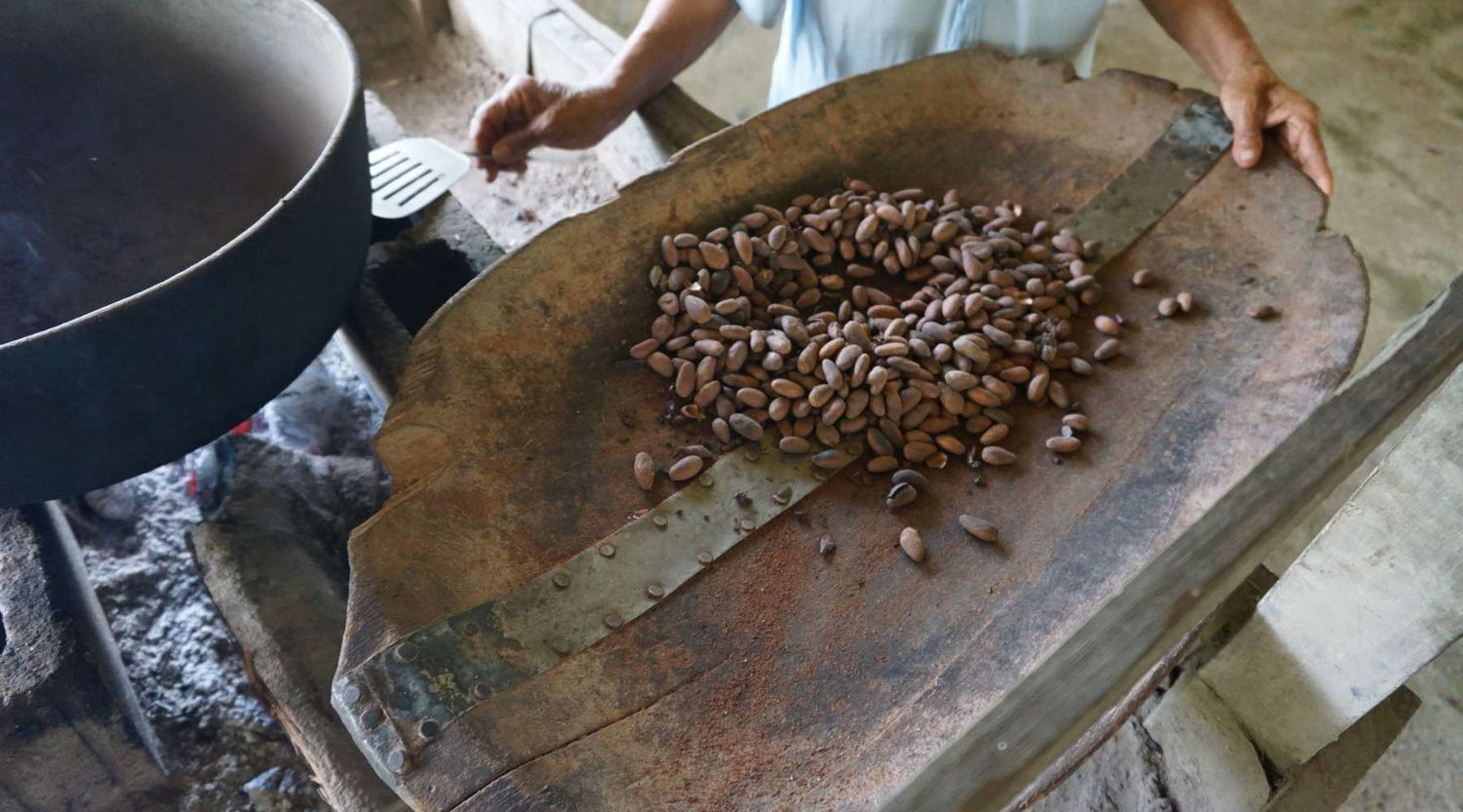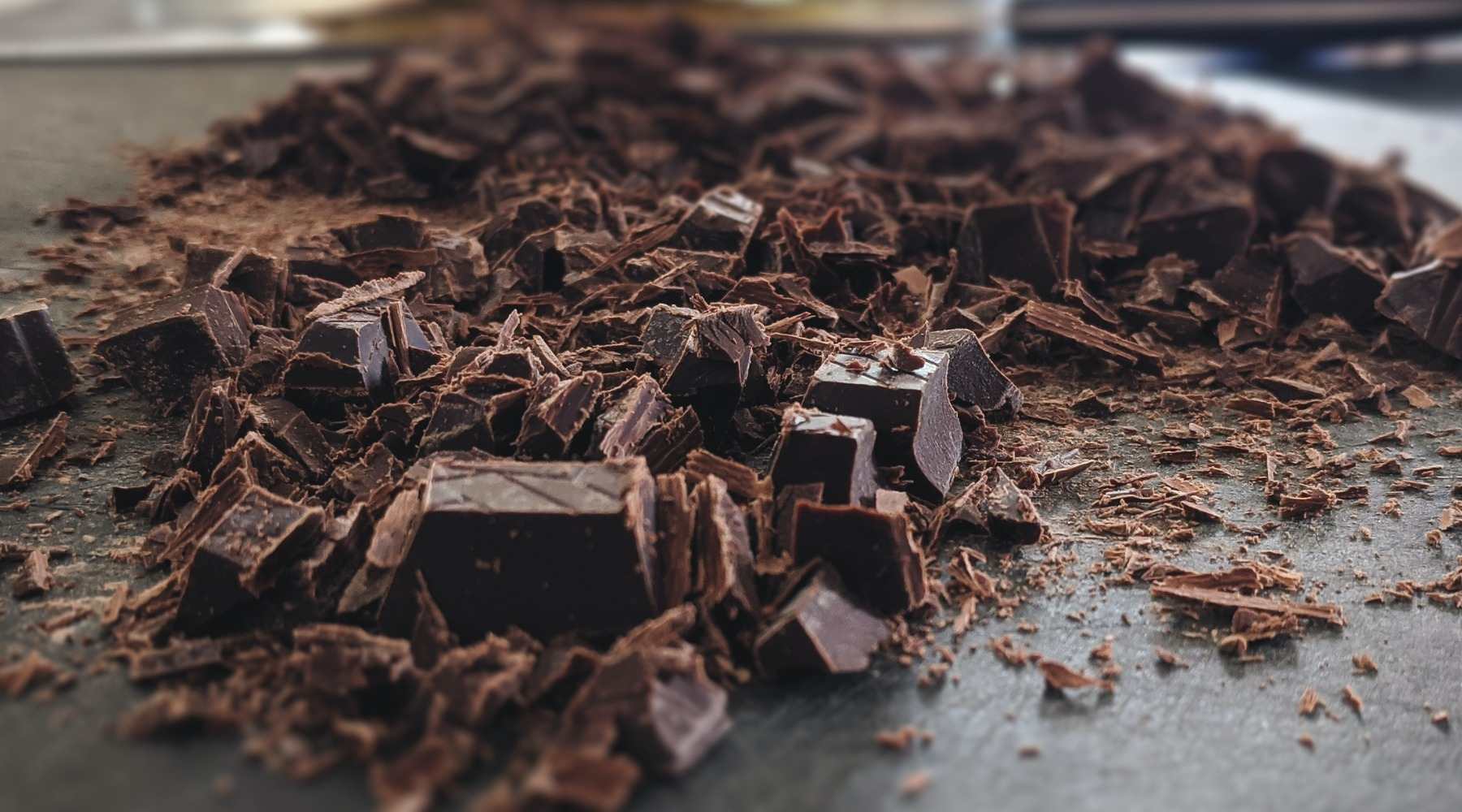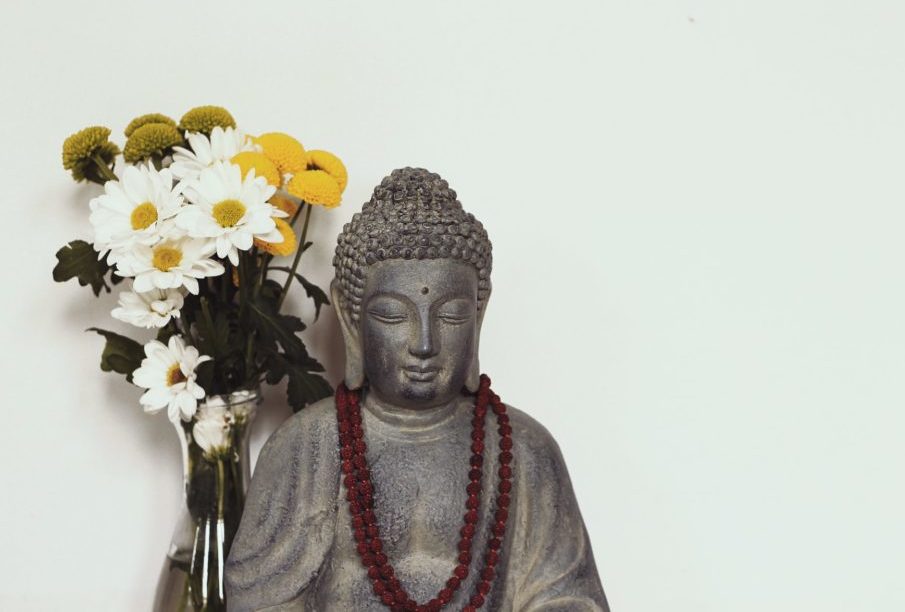Experts have already found almost 800 aromas in cocoa beans – more than in wine. Some of these flavors are almost tasteless while others we come across again and again. But how do they actually get into a chocolate that only consists of cocoa beans and sugar?
Today, hundreds of different varieties are grown and researched for different requirements - such as flavor diversity, yield and disease resistance. And although the type of cocoa only plays a (small) role in the final flavors in the chocolate, it is important for the range of possible chocolate flavors. For example, the rare Porcelana cocoa - which you can often enjoy at our tastings - is not only light in appearance but also mild, nutty in taste. These aromas genetically created in the beans can be the basis for fine nutty notes in chocolate. However, they can also be destroyed through poor workmanship and handling.
This is countered by the hybrid variety CCN-51, which is very productive and resilient. Their basic aromas should taste unpleasantly sour. No matter how finely these are processed, they will never be able to produce the same aromas as, for example, a Porcelana. In this respect, the genetics of the cocoa only play a small but significant role in the flavors in the final product.
 Particularly fine cocoa is harvested in Ecuador
Particularly fine cocoa is harvested in Ecuador
And just like with wine, terroir with cocoa beans is a concept that is difficult to grasp and describe and therefore difficult to research. Terroir is considered to have an impact on astringency, fruitiness, acidity, bitterness or florality in the formation of taste. With regard to the variety of aromas, it is assumed that the neighboring plants can have a (different) influence on the aromas. You can often find banana or fruit flavors in chocolates that were grown in the area around these same plants. The fermentation also seems to reflect the terroir. The same type of cocoa – fermented in different places – can have different flavors. It is thought that this may be due to local differences in microbiotics.
Immediately after harvest, the cocoa beans are removed from the cocoa pod shells and fermented along with the cocoa pulp. Traditionally, the cocoa beans are placed in wooden boxes (or wooden baskets) and covered with banana leaves. The materials that the cocoa beans come into contact with during fermentation can influence the flavors in the chocolate. Another goal of fermentation is to use heat to kill the previously viable seeds. This is also essential to create the characteristic chocolate taste, as it triggers certain chemical reactions. The caffeine content of the beans is also reduced and astringency is reduced. Accordingly, under-fermented beans can have raw, bitter or astringent flavors. Over-fermented beans, on the other hand, can taste musty and sometimes smoky and meaty.
The fermentation is divided into two phases: the anaerobic phase (without oxygen) and the aerobic phase (with oxygen). During the anaerobic phase, the sugar in the pulp is converted into ethanol by the yeasts. The ethanol is converted into lactic acid by some of the bacteria. The release of the “fermentation juice” and the turning of the beans means that oxygen reaches the cocoa beans. This means that after 1-2 days more aerobic bacteria become active and convert the resulting ethanol into acetic acid. Depending on the goal of the fermentation, the first steps can be taken here, for example with regard to the acid content in the fermented bean.
Depending on the type of cocoa bean, the fermentation process takes different lengths of time. Particularly acidic, strong beans are fermented for longer (approx. 5-8 days), milder beans for shorter time (2-3 days). Are you really interested in fermentation? You can find out more about it here.
Even if the beans have already been pre-sorted before drying, there are usually still small stars or beans that are too small/too large in the quantity of beans. In order to achieve the most consistent taste possible, it is important that the beans are of similar sizes so that they can be roasted as evenly as possible during roasting. To ensure that the beans are not moldy and fermented evenly, this step also involves examining “sample beans” using what is known as the “cut test.”
Fine chocolate and its flavors
In addition to the variety of flavors, fine chocolate - like wine - is also referred to as 'terroir' and the influence this has on the flavors of the chocolate. However, terroir is only one of many aspects that influence the flavor nuances in the finished chocolate. Play a similarly important role- the genetics of the tree
- farm management (such as harvest time)
- transport and storage
- the post-harvest process (drying and fermentation)
- the processing process (roasting and conching)
Cacao tree genetics
Cocoa trees have been cultivated for thousands of years. Over time, varieties that had special flavor profiles or were particularly adaptable became preferred. The latter were particularly relevant during times of colonization, as they were brought from the countries of origin to the respective colonies and grown there. More recently, research and optimization have focused primarily on productivity and resilience. The taste component continued to fade into the background.Today, hundreds of different varieties are grown and researched for different requirements - such as flavor diversity, yield and disease resistance. And although the type of cocoa only plays a (small) role in the final flavors in the chocolate, it is important for the range of possible chocolate flavors. For example, the rare Porcelana cocoa - which you can often enjoy at our tastings - is not only light in appearance but also mild, nutty in taste. These aromas genetically created in the beans can be the basis for fine nutty notes in chocolate. However, they can also be destroyed through poor workmanship and handling.
This is countered by the hybrid variety CCN-51, which is very productive and resilient. Their basic aromas should taste unpleasantly sour. No matter how finely these are processed, they will never be able to produce the same aromas as, for example, a Porcelana. In this respect, the genetics of the cocoa only play a small but significant role in the flavors in the final product.
 Particularly fine cocoa is harvested in Ecuador
Particularly fine cocoa is harvested in EcuadorThe terroir
The concept of 'terroir' is familiar to many in the wine world. It not only includes the physical environment of the cocoa such as soil conditions, temperature, neighboring plants, rainfall and general weather conditions. The taste of the cocoa beans can also be influenced by the care and treatment of the farmers.And just like with wine, terroir with cocoa beans is a concept that is difficult to grasp and describe and therefore difficult to research. Terroir is considered to have an impact on astringency, fruitiness, acidity, bitterness or florality in the formation of taste. With regard to the variety of aromas, it is assumed that the neighboring plants can have a (different) influence on the aromas. You can often find banana or fruit flavors in chocolates that were grown in the area around these same plants. The fermentation also seems to reflect the terroir. The same type of cocoa – fermented in different places – can have different flavors. It is thought that this may be due to local differences in microbiotics.
Harvest timing and farm management
The timing of the harvest has a decisive influence. Since the (correct) sugar content in the cocoa pulp is essential for fermentation, it is important that the cocoa is harvested at the right time. Unripe cocoa can taste astringent and sour, while cocoa that is too ripe can taste like overripe fruit. Caution is also required when harvesting. In order for the cocoa pods to grow back, the pods must be harvested in a special way. Care must also be taken when breaking the cocoa pod, as the cocoa beans in the pulp must not be damaged.Ferment
Fermentation is one of the most important steps in the processing process. Really delicious chocolate can be made with really well fermented, unroasted beans. One of our favorite manufacturers - Raaka - has a special way of making great ' raw chocolates ' using unroasted cocoa beans. Regardless of whether it is raw or roasted: it is practically impossible to produce fine chocolate from poorly fermented cocoa beans.Immediately after harvest, the cocoa beans are removed from the cocoa pod shells and fermented along with the cocoa pulp. Traditionally, the cocoa beans are placed in wooden boxes (or wooden baskets) and covered with banana leaves. The materials that the cocoa beans come into contact with during fermentation can influence the flavors in the chocolate. Another goal of fermentation is to use heat to kill the previously viable seeds. This is also essential to create the characteristic chocolate taste, as it triggers certain chemical reactions. The caffeine content of the beans is also reduced and astringency is reduced. Accordingly, under-fermented beans can have raw, bitter or astringent flavors. Over-fermented beans, on the other hand, can taste musty and sometimes smoky and meaty.
The fermentation is divided into two phases: the anaerobic phase (without oxygen) and the aerobic phase (with oxygen). During the anaerobic phase, the sugar in the pulp is converted into ethanol by the yeasts. The ethanol is converted into lactic acid by some of the bacteria. The release of the “fermentation juice” and the turning of the beans means that oxygen reaches the cocoa beans. This means that after 1-2 days more aerobic bacteria become active and convert the resulting ethanol into acetic acid. Depending on the goal of the fermentation, the first steps can be taken here, for example with regard to the acid content in the fermented bean.
Depending on the type of cocoa bean, the fermentation process takes different lengths of time. Particularly acidic, strong beans are fermented for longer (approx. 5-8 days), milder beans for shorter time (2-3 days). Are you really interested in fermentation? You can find out more about it here.



